
US ambassador to Japan visits southern islands, focus of China tension
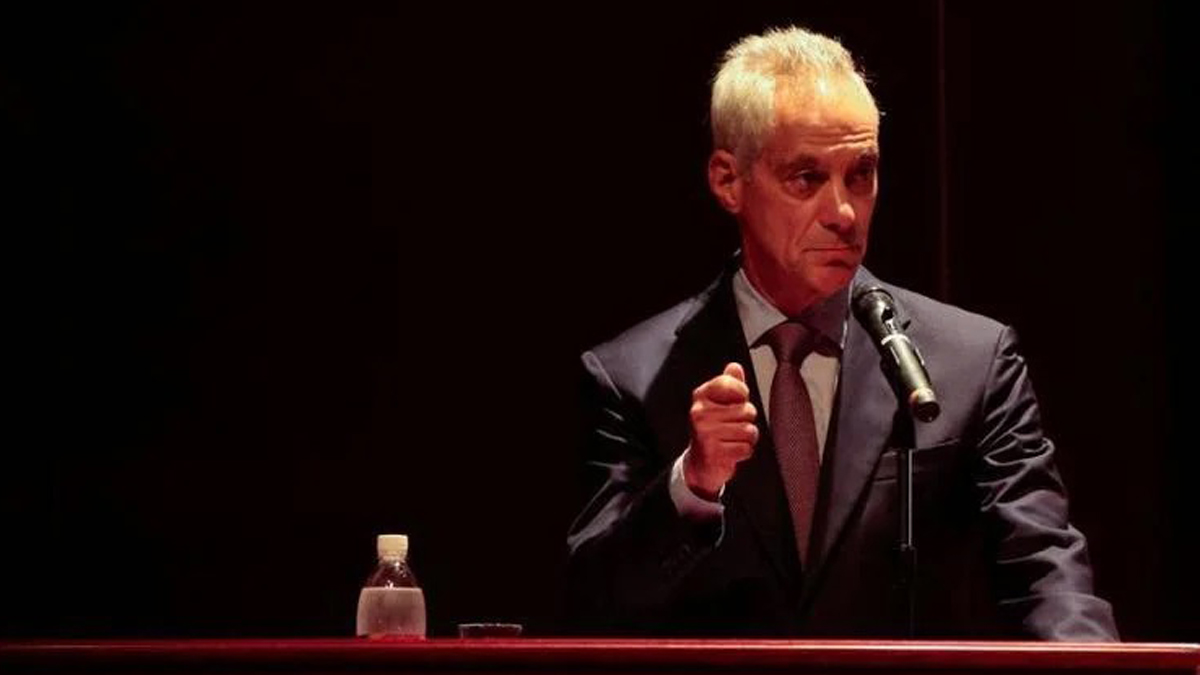
The U.S. ambassador to Japan stressed Friday the importance of increased deterrence and his country’s commitment to its key ally as he visited two southwestern Japanese islands at the forefront of Tokyo’s tension with Beijing.
Rahm Emanuel visited Yonaguni, Japan’s westernmost island just east of Taiwan, a self-governed island also claimed by China. He later visited another Japanese island, Ishigaki, home to Japan Coast Guard patrol boats defending the disputed East China Sea islands and Japanese fishermen from armed Chinese coast guard ships that routinely enter Japanese waters.
Japan has been making a southwest shift of its defense posture and is further accelerating its military buildup under a 2022 security strategy that focuses on counterstrike capability with long-range cruise missiles.
Emanuel was the first U.S. ambassador to visit Yonaguni. Escorted by Mayor Kenichi Itokazu, he looked toward Taiwan, only 110 kilometers (68 miles) away. He met with Japanese Self Defense Force servicemembers at a local base installed in 2016 and where a missile defense system is planned.
The ambassador said the main purpose of his visit was to show U.S. support for the local fishing community. He also met with a local fisherman who was among those affected by China’s increasingly assertive actions in the regional seas.
China fired five missiles into Japan’s exclusive economic zone in 2022 after the visit to Taiwan of then-U.S. House Speaker Nancy Pelosi. Emanuel said the fisherman told him he could not sell his fish for about a week after the Chinese action.
“If they don’t have deterrence, that’s going to be worse,” Emanuel told The Associated Press from Ishigaki, the second island he visited Friday. “If you have a very robust deterrence, it ensures that there is peace, ensures that there is security, ensures economic prosperity. Without that, it’s more likely to be a green light to those that want to use economic coercion and confrontation as their only means of expression.”
Emanuel said Yonaguni fishers still catch fish for a living, supporting the local economy and helping reinforce Japanese territorial rights. “That’s what a real win looks like — economic security,” he said on social platform X.
In Ishigaki, Japan’s coast guard protects fishing boats in the disputed waters around the Japanese-controlled islands in the East China Sea that Tokyo calls Senkaku. Beijing also claims the islands and calls them Diaoyu, and its coast guard ships often face off with their Japanese counterparts.
Japan’s Chief Cabinet Secretary Yoshimasa Hayashi welcomed the ambassador’s trip to the islands, saying it was “meaningful” for the ambassador to improve his understanding of Tokyo’s efforts in reinforcing its security in the southwestern region, where additional military units and missile defense systems are being deployed.
While local officials back the reinforcement of Japanese troops on the islands, residents staged a small protest amid concerns they may be the first to be affected in a possible U.S.-China conflict.
Okinawa Governor Denny Tamaki supports the Japan-U.S. security alliance but has called for a reduction in the number of American troops housed on the island. About half of the 50,000 American troops in Japan are based in Okinawa.
Tamaki also criticized the use of Yonaguni’s commercial airport by a U.S. military aircraft used by the ambassador.
VOA
- High-Level Commission Calls for Sweeping Legal and Institutional Reforms to Revive Nepal’s Economy
- High-Level Commission Recommends Investment-Friendly Reforms and Lowering Production Costs
- Fugitive Durga Prasai Arrested in Jhapa, Being Transferred to Kathmandu
- President Paudel Extends Greetings on Mahavir Jayanti
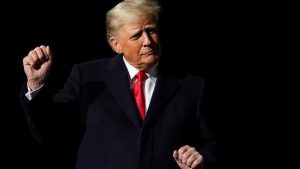

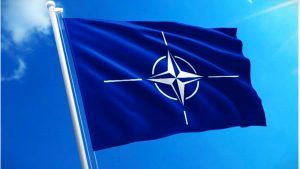
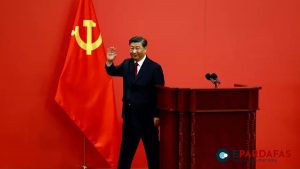
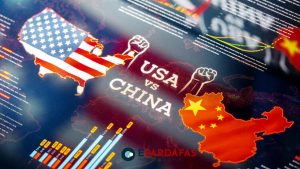
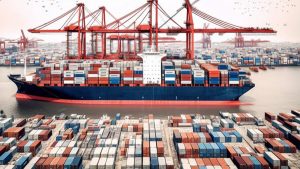



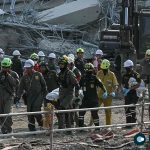


Comments